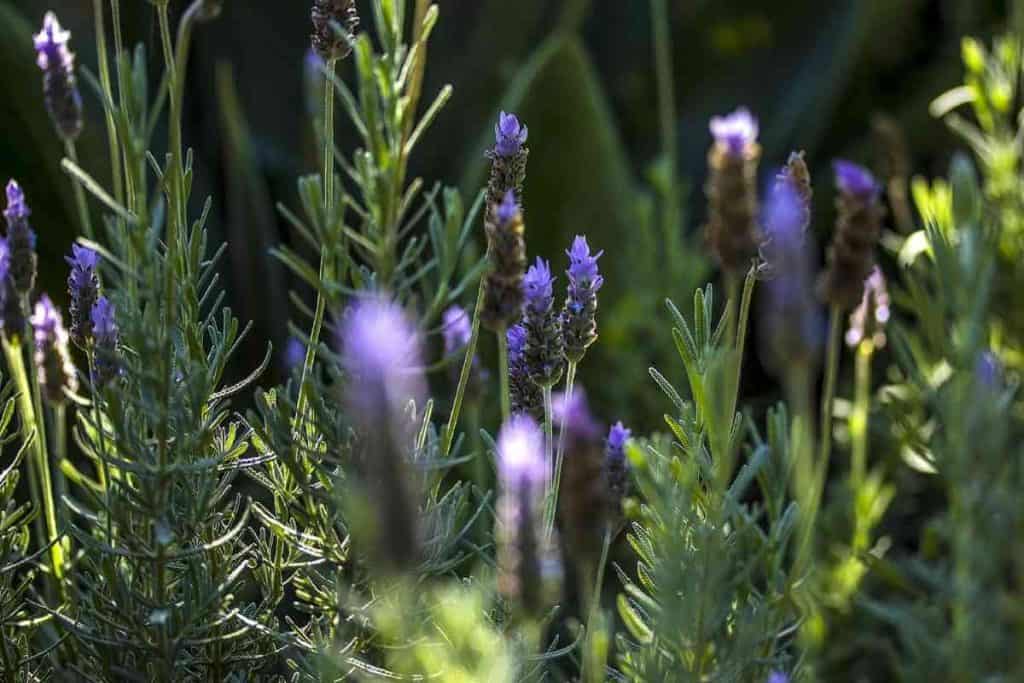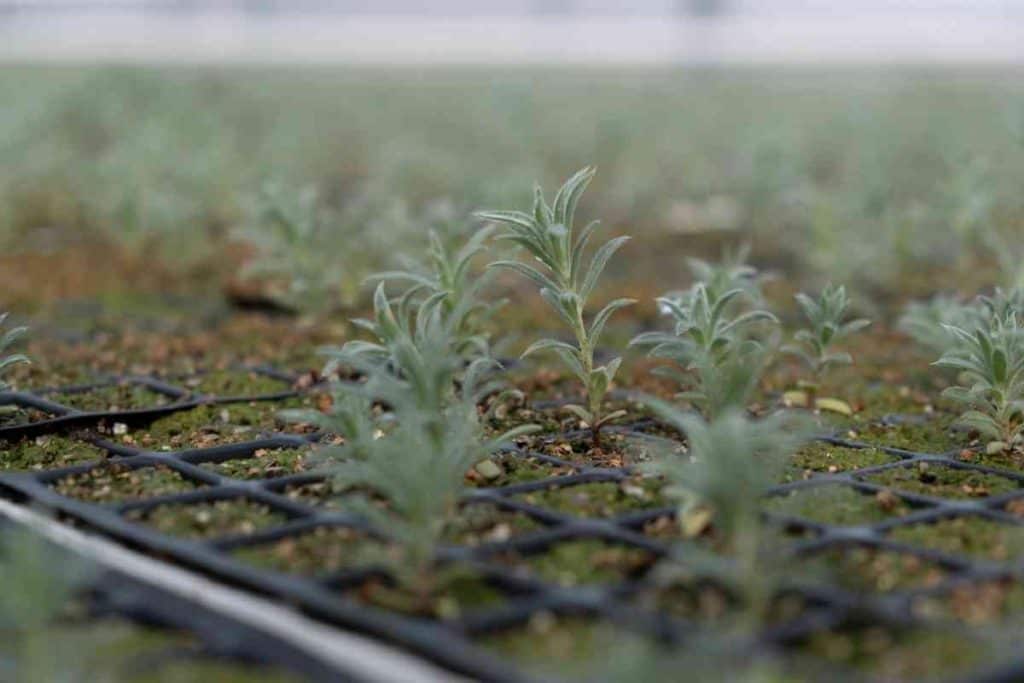Lavender is one of the most popular plants among gardeners, and not just because of its pleasant fragrance. Lavender is also good for your skin and adds a lovely scent to any room it is placed. It’s also edible!
To grow a healthy lavender, you must understand the various lavender growing stages and have a more profound knowledge of the best time to grow the plant and when to harvest it.
It’s worth noting that lavender has a long growing season, which can stretch from late spring through early November.
Table of Contents
How Long Does It Take For Lavender To Grow?
Lavender will take 90 to 200 days to reach maturity if you start new plants from seed. When English lavender reaches a height of 1 to 2 feet with an equivalent spread, it is considered fully mature.
Lavender (Lavandula angustifolia) is a perennial herb in the mint family that is semi-evergreen.
Read Also: Common Rose Growing Stages
When Is the Best Time to Grow Lavender?
After the soil has warmed up to at least 60°F (15°C) and the threat of frost has passed, lavender is best planted as a young plant in the spring.
Choose larger, more established plants if planting in the fall to ensure their survival through the winter.
Lavender Growing Stages

Despite its Mediterranean origins, Lavender can thrive in the hardest environments if given enough sunlight and sufficient drainage.
If you want to grow lavender in your yard, you’ll need to follow all of the lavender growing stages to have a good yield.
We’ve broken down each stage of lavender growth so you can cultivate this valuable Mediterranean plant with ease.
Stage 1: Preparation
Lavender thrives in a lot of sun and dry soil because it is a Mediterranean plant. As a result, you should choose a suitable location in your yard that receives plenty of sunlight. Lavender requires at least 4 hours of direct sunlight to thrive.
Lavender can be planted near a dining area, at the base of rose bushes, or beside the entryway. During the winter, this will assist in protecting its sticky legs from strong winds.
Lavender grows best when planted in the spring when the soil is just beginning to warm up. If you want to produce lavender in the fall, make sure you sow well-established plants that will survive the brutal winter.
Lavender can be grown in a variety of soil conditions. Clay and sandy soils are examples of this. If your garden has compacted or clay soil, adding organic matter will help to improve drainage.
Stage 2: Planting
The lavender is then planted after the soil has been prepared. Growing lavender from seed is a difficult task.
That is why it is suggested that you get lavender from a nursery and plant it. Buying lavender from a local nursery is preferable to ordering it online.
These lavenders will grow in your environment because they are accustomed to the surroundings. If your local nursery does not sell lavender, do some research and choose a kind that is appropriate for your region or zone.
After that, plant the lavender plant in the desired position. Make a hole big enough to hold the roots. Lavender plants should be spaced 2 to 3 feet apart because they can grow quite large. Apply fertilizer or mulch to the soil to aid in the fertilization of lavender.
Read Also: Different Cauliflower Growing Stages
Stage 3: Caring stage

Caring for lavender is one of the most challenging aspects of growing it.
You’ll need to water your lavender plants at least twice a week for the first few days after transplanting them from the nursery to your herb garden until they’ve established themselves.
When growing lavender, you should use the same fertilizer or mulch in the early spring as well. Apply the fertilizer all around the plant and thoroughly water it. Avoid using too much fertilizer, as this might lead to unhealthy growth.
Pruning is the most challenging aspect of caring for lavender. You’ll have to keep an eye on your plant all year to make sure it grows properly.
As a result, you’ll need to keep an eye on your lavender and trim any dead or dying shoots on a regular basis.
Stage 4: Harvesting
Lavender is collected in a variety of ways, depending on its intended use. Some people collect lavender for decorative purposes, while others use it in cooking.
Regardless of what your intentions for the lavender are, here is some advice on how to harvest your plant.
Harvest your plant first thing in the morning, when the oils are most concentrated.
When half of the flower buds have opened, cut the lavender stems.
Avoid cutting the plant’s woody section since this will cause it to rot.
See Also: Garlic Growing Stages
Conclusion
Lavender is a difficult plant to grow. Even though the plant can withstand harsh environments, it requires adequate drainage and sunlight to thrive.
Follow the development steps above if you wish to cultivate healthy lavenders.
Whether you’re growing lavender for aesthetic purposes, culinary use, or therapeutic use makes no difference. Best of luck with your lavender plant in your herb garden!




